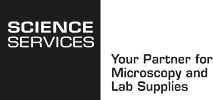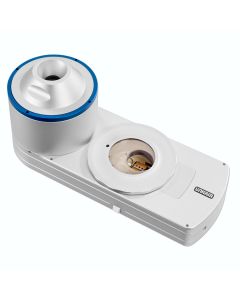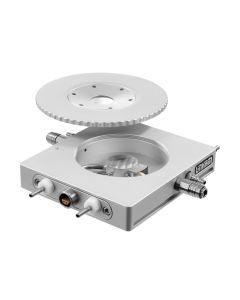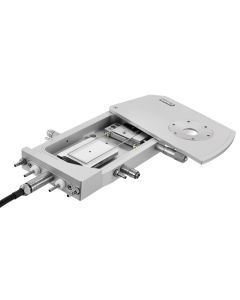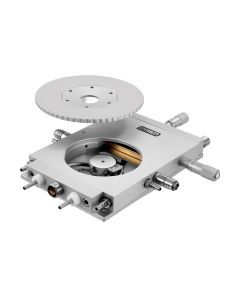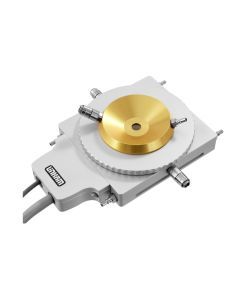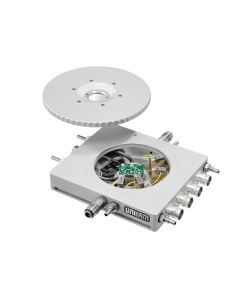Temperature Control and Force Stages
(8)Linkam has developed a range of sample characterisation systems to suit your needs. Whether you need to cool your sample to cryo temperatures, heat it up to 1500°C or put it under vacuum or high pressure, they have a system for you.
Linkam heating and cooling stages are temperature control systems for microscopy and spectroscopy. Depending on the design, they allow cooling and heating of samples in a temperature range from -195° to 1500°C. Linkam stages can be combined with ZEISS microscopes and controlled with the ZEN Core software.
In addition to controlling the temperature, environmental influences such as the gas atmosphere, tensile and compressive stresses, and electrical contacting can be simulated and observed under an optical microscope or spectroscope.
Understanding and characterising the thermal properties of your sample is essential in a variety of applications:
Semiconductors and Electrical Applications
Many applications require the measurement of electrical parameters whilst making microscopic or spectroscopic observations. Linkam has been creating sample characterisation solutions for the microelectronics and semiconductor fields for many years.
Food Science Applications
Linkam has developed a range of temperature control chambers for testing and visualising the micro-structure of foods. In addition to temperature, the environment around the sample can also be accurately controlled with options for gas purging, humidity, and vacuum control.
Pharmaceutical Applications
Linkam has long worked with the pharmaceutical industry to develop solutions for some of the key problems from drug development and formulation to manufacturing, QA, packaging, and storage. They have solutions for lyophilisation, thermoanalysis, dissolution studies, shelf-life testing and many more.
Materials and Metallurgy Applications
New materials are being developed, for example, to replace or support human body parts, such as artificial hips and corneas. It is essential that the physical properties of these materials are well characterised, and any failure modes well understood.
Geological Applications
From fluid inclusions and minerals to volcanic rock, Linkam stages have been used to characterise a wide range of different sample types.
Plastics and Polymer Applications
Plastic and polymers are used in every aspect of our lives. As their properties are so rich and diverse, it is essential to characterise and understand their behaviours under different environmental conditions.
Life Science Applications
Linkam has designed a range of sample characterisation chambers to control the temperature and environment around your samples from Cryopreservation to CLEM at < -195°C to the study of Archae at high temperatures and pressures. A humidity controller can be added to some closed chamber systems with control from 5% to 90% RH.
Which stage is best suited for which application?
The Linkam Scientific Product Guide provides a helpful overview and guides step by step through the selection of the right stage for the respective experiments and applications. It provides a comprehensive overview of the various stages available and their properties. >> Product Guide <<
